We have a product which is using a MAX3232C for interfacing to a PC. Its RS-232 RX line is tied to the MAX3232's R1IN pin and its TX line to T1OUT:

The problem we are having appears to be some kind of crosstalk between the RX and TX lines.

This scope image is showing exactly the same bit stream received on RX (yellow) coming out of TX (green), but with a little distortion and a smaller amplitude (the TX bit stream following the "crosstalk packet" is just the expected answer packet from the device).
The baud rate is rather low (9600 bps), so we wouldn't expect to see that due to PCB design issues. To rule out a PCB problem, we exchanged the MAX3232C from Texas Instruments for a pin-compatible device from ST Microelectronics, an ST3232C, and the problem vanished:

That said, has anyone ever experienced a similar problem with MAX3232? Can anyone imagine other possible causes for the problem other than a faulty I.C.? Just for the record, we observed the same problem with other units also using MAX3232C devices.